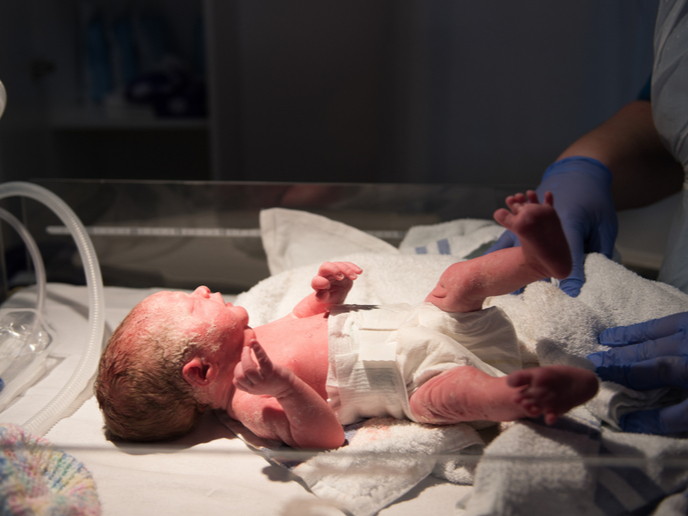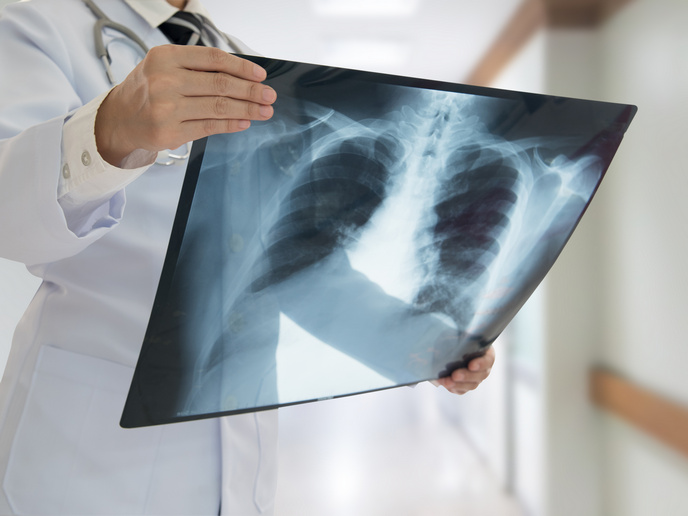Study and development of safe and effective medicines for children
Randomised controlled trials (RCTs) are considered the gold standard for assessing the efficacy of drugs prior to their approval for use in the general population. In children, physiological characteristics such as growth and hormonal status are different from adults and have impact on both pharmacokinetics and pharmacodynamics. Separate evaluation is required including adverse side effects for the different paediatric age groups, e.g. neonates. More than 1 000 researchers take part in the integrated initiative To address these issues, the EU-funded GRiP(opens in new window) project mobilised 22 institutions from Europe, North America and Japan, as well as the WHO. The key objective was to generate a Network of Excellence and provide the necessary infrastructure and knowledge for drug evaluation and development in the paediatric population. One significant result is an internationally recognised educational programme to improve training for young researchers in paediatric medicine. Hosted by the University of Rome, the only MSc course of its kind, it has acted as a pilot programme for the development of a Joint Degree MSc programme. Safe, evidence-based drug development ‘Children are a special population and there are major medical, scientific, practical and ethical issues in relation to the investigation of drug effects,’ explains GRiP coordinator, Prof. Giaquinto. In addition, when RCTs are not possible, there should be appropriate methodologies and adapted designs in place that can evaluate the efficacy of drugs in children and, in particular, neonates. The integrated network also shared expertise as well as standards and procedures supporting paediatric medicine development and evaluation. As with many scientific fields, clinical research in paediatric drug development and testing is fragmented. To support interoperability, all developed tools can be used globally to evaluate paediatric drug responses. Reports and guidance were provided to enhance the quality and impact of paediatric drug trials with a focus on collaboration. Additional approaches promoting modern research standards such as modelling and simulation tools, extrapolation, as well as input from patients and families were organised to facilitate high-quality clinical drug development in children. This allowed harmonisation in several activities, e.g. protocol implementation, data collection and analysis on a global scale. Furthermore, these strategies could reduce the number of children enrolled in trials supporting the use of bridging methodologies for regulatory procedures. Towards improved paediatric clinical research Researchers addressed specific issues for paediatrics covering data capture and use, practical and evidence-based guidance to enhance the quality of trials, innovative study designs and drug formulation. These included identification of biomarkers and new trial methods. For neonates, special considerations included neonatal specificities for drug development, protocols and strategies in neonatal diseases, an inventory of neonatal centres involved in research as well as maternal issues. Online, a platform for data sharing of epidemiological and observational studies and healthcare databases also facilitated the detection of safety signals of interest for children. Specifically for formulation, on the GRiP website, a webpage providing online and offline resources for excipients, inert drug binders, and contact details of international formulation experts. The page also includes a "meet the expert" section where users can access free webinars on formulations. ‘The potential impact of GRiP will be to transform paediatric clinical research from a fragmented under-funded enterprise into a concerted activity by leveraging the resources, talent, knowledge and dedication of the partners,’ envisages Giaquinto. An important aspect of the project was the collaboration of regulatory bodies, research groups and industry, cooperation that will undoubtedly become ‘standard practice’.







